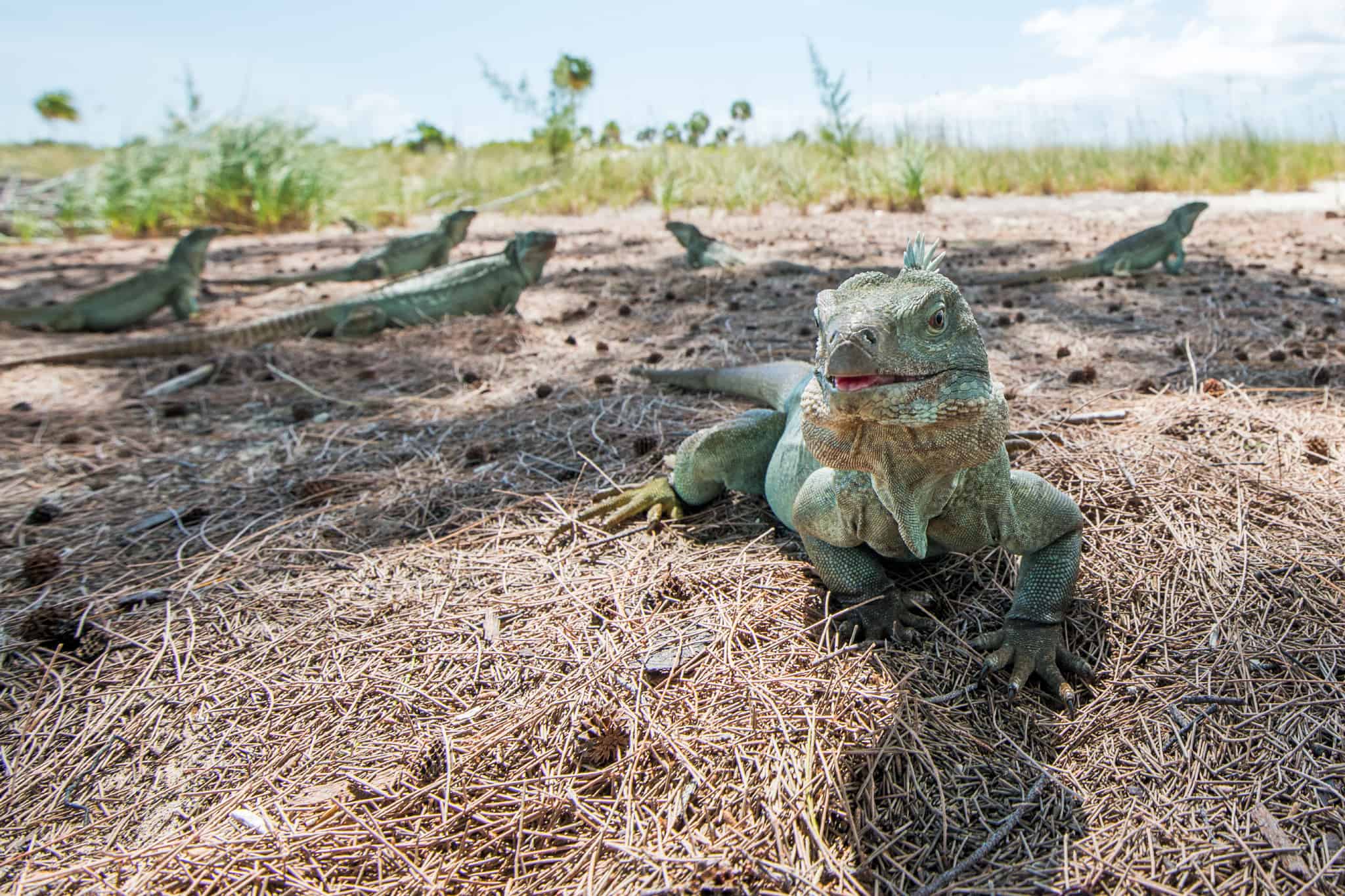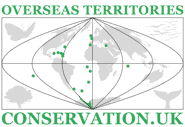
Turks and Caicos 2014
Although UKOTCF has been closely involved with TCI for over 20 years, Forum Co-ordinator, Catherine Wensink, visited the Islands for the first time in November 2014, in connection with the Wise Water project (pp 1-4) and other initiatives. Fresh views are valuable, and here she gives her first impressions – in a few words and several pictures, first published in Forum News 42: 4-5.
Grand Turk
I found GT (as it is sometime referred) to be utterly charming, with its link to its past clearly visible in the buildings and architecture. Its friendly faces and slow pace enabled me to marvel at the beautiful surroundings. Although, I count myself as more of a general conservationist, I felt honoured to be considered one of ‘the Bird People’. I saw how, as in many other Caribbean islands, when the cruise ships come to town, the island becomes a hive of tourist-related activity. Sometimes, when visiting a new place you pick up information that you really should have known. For example, I was fascinated to learn about the landfall here of John Glenn, the first US astronaut to orbit the Earth, and drive down the sea front to discover the buildings with their own unique stories. The salt-pans gave me a really good opportunity to test my knowledge of Caribbean birds, which I gained from being in Bonaire in 2011. A cool sea breeze was kind to me and helped me adjust from early winter in the UK to the TCI climate.

South Caicos
I couldn’t help but feel sad, although optimistic, when visiting South Caicos. It seems to have suffered from neglect or failed attempts in terms of infrastructure and investment. The main employer on the island is the lobster and conch fishery, which is visible at the small harbour. The town has an array of historic buildings including the Commissioner’s House, and the old Customs and Excise building. The optimism for the island comes from the 25-year plan of a developer who has purchased much of the land in the north and plans to develop the area sensitively. We were given the chance to visit one of the properties by a Canadian couple who invited us in. They even gave us some local ‘candy’, which were in fact the berries from the head of the native Turks Head cactus. Each plot in the development occupies a small parcel of land, which is landscaped using native vegetation. We were lucky to see several kingfishers around the salt-pans here but getting a photo proved nigh on impossible.


Middle & North Caicos
I jumped at the chance of meeting Bryan Naqqi Manco in his native habitat and he didn’t disappoint. We stayed with him in Kew and we were treated to a home-cooked meal of rice ’n’ peas and okra, which was delicious. The following day we went to visit the trails, which had been created during a joint project between UKOTCF and the National Trust several years earlier. I have never been so overwhelmed by mosquitos (we are talking about ears and mouth here, folks), but it was worth it to get to the end of the trail and see the magnificent key lime and mango trees. I was assured that I had to try conch here at Daniel’s Café, so I did. It felt very strange, given that I had spent sometime in Bonaire where it is prohibited. I am told that their frozen conch would probably have come from TCI! We were so lucky to visit Wades Green, a fascinating plantation with many remarkable buildings and outhouses. We got glimpses of the endemic reptiles the pigmy boa (pictured) and the barking gecko. I really love to hear the tales behind each plant and tree: having Naqqi there was like receiving information from a headset at the Natural History Museum. My particular favourites are the bumbo bush, sandalwood and poisonwood.

Providenciales
The most striking thing about Provo is that there is a business centre but no town. There are so many busy people leading busy lives here that it gives the sense that a lot of the commercial activity for TCI takes place here.
Together with our partner, the TCI National Museum, we were here to organise a launch event for our joint project at the Caicos Heritage House.
The Turks and Caicos Islands are so special. What strikes me most is the natural beauty and rich heritage. Having the opportunity to see so much in such a short time was truly incredible and unforgettable. Many thanks to the TC Islanders and to Bryan Naqqi Manco, Pat and Neil Saxton, Mike and Ann Pienkowski.

